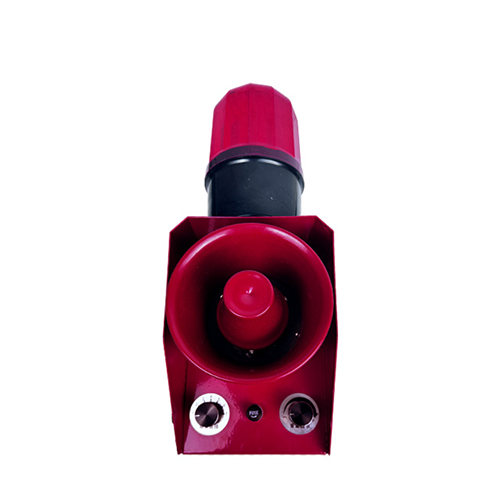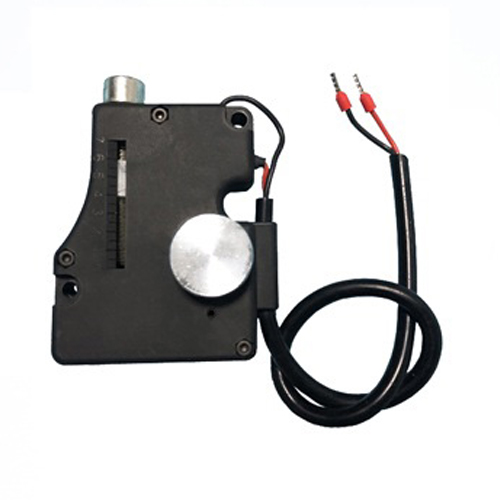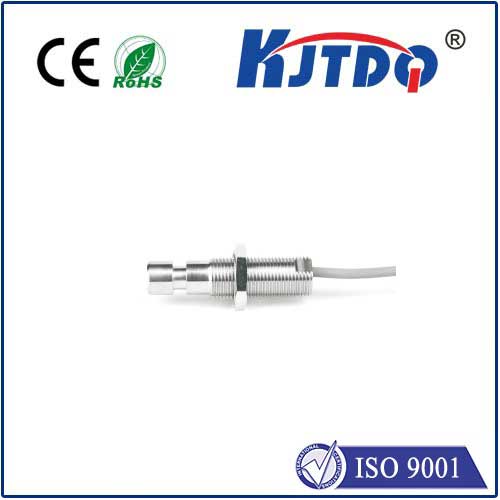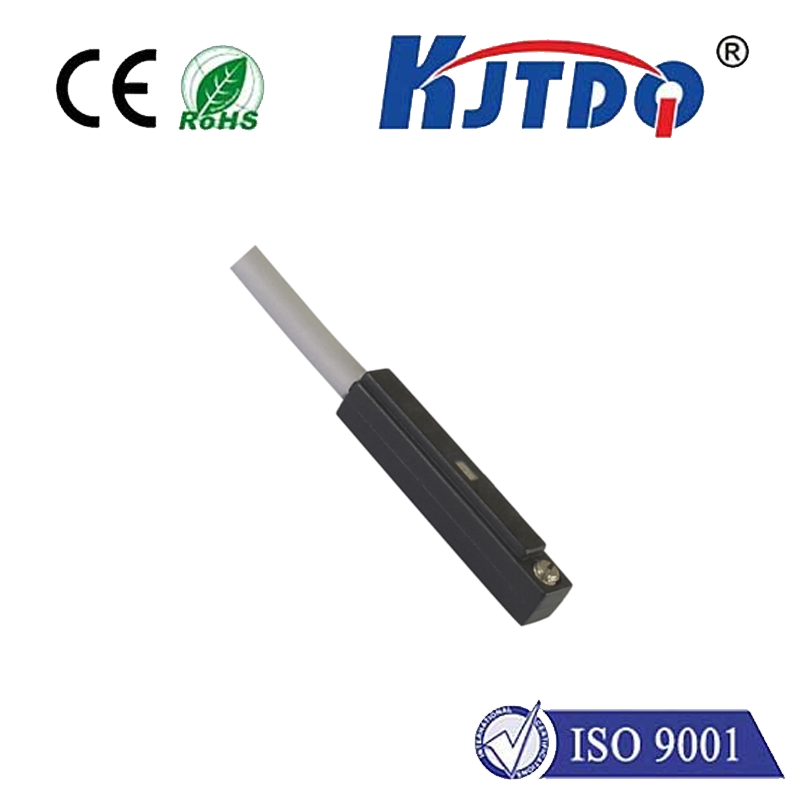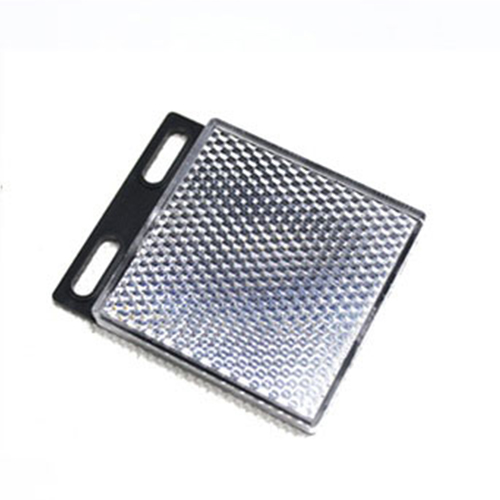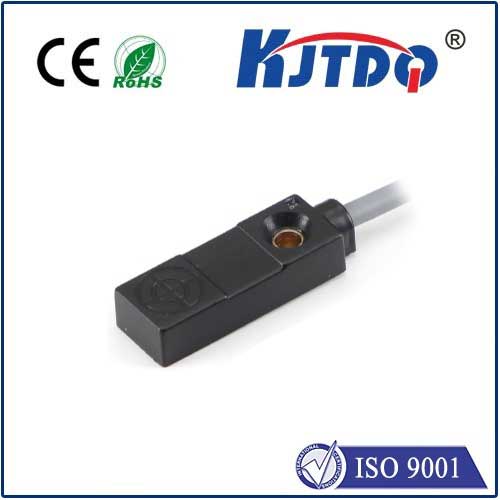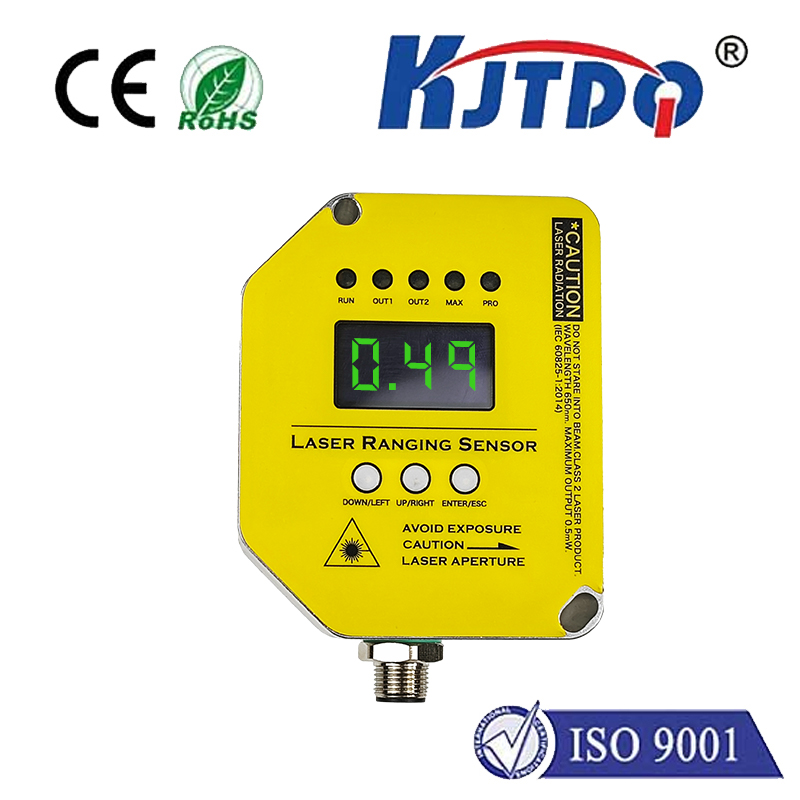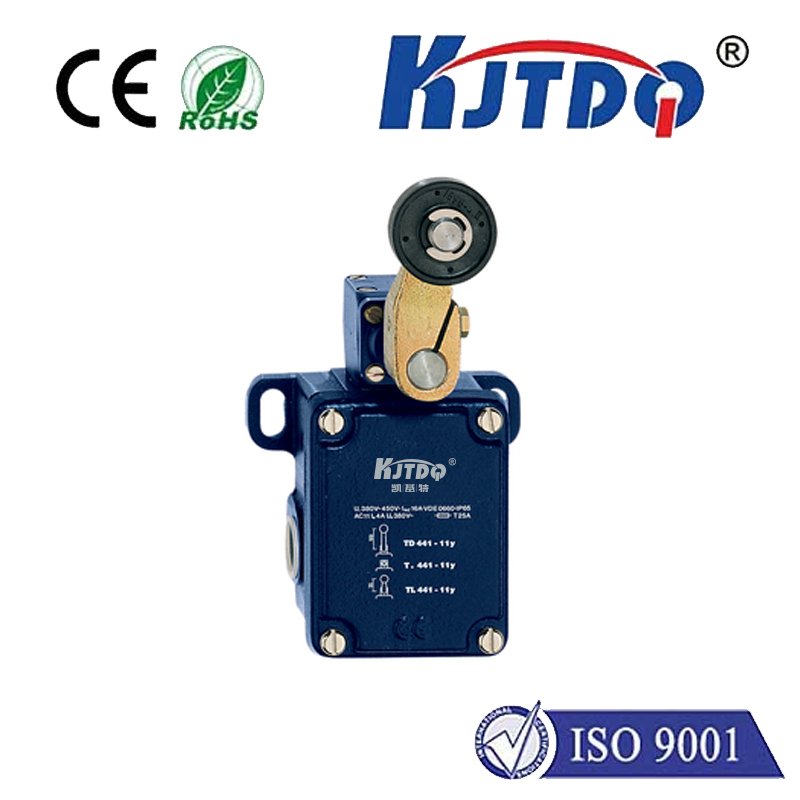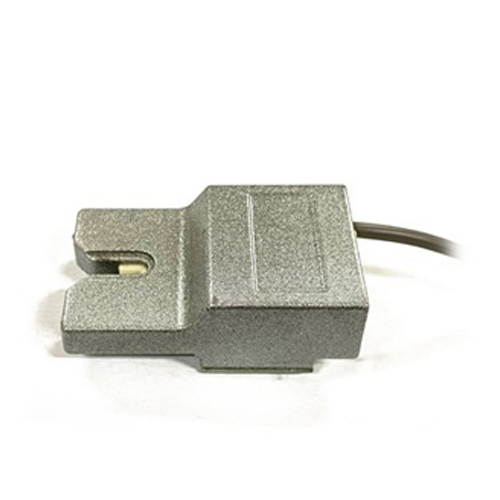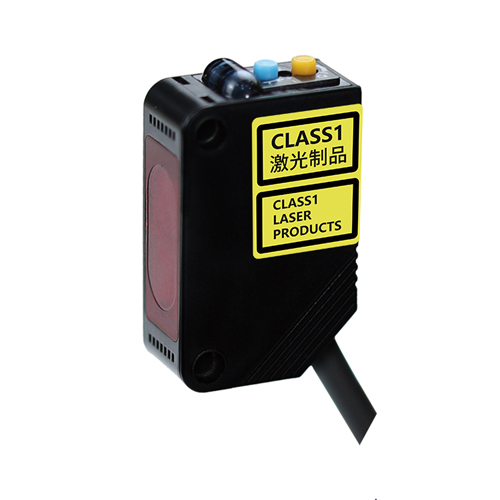

check

check

check

check

check

check

check

check

check

check
Low Temperature Proximity Sensor: A Revolutionary Innovation in Sensing Technology
Proximity sensors have become an integral part of modern technology, enabling devices to detect the presence of nearby objects without any physical contact. They are widely used in various applications such as smartphones, industrial automation, and automotive systems. However, traditional proximity sensors often struggle to perform accurately at low temperatures, limiting their effectiveness in certain environments. This is where low temperature proximity sensors come into play.
Low temperature proximity sensors are designed to operate effectively even in extreme cold conditions. They utilize advanced materials and technologies that ensure reliable performance regardless of temperature fluctuations. These sensors are specifically engineered to withstand the harsh conditions encountered in industries such as aerospace, refrigeration, and cryogenics, where conventional sensors may fail or provide inaccurate readings.

One of the key advantages of low temperature proximity sensors is their ability to maintain consistent sensitivity across a wide range of temperatures. Unlike standard sensors, which can lose sensitivity or become less accurate at lower temperatures, these specialized sensors are designed to function optimally even when exposed to sub-zero temperatures. This makes them ideal for use in applications where reliability and accuracy are critical, such as monitoring equipment in cold storage facilities or detecting the presence of ice on aircraft wings.
Another significant benefit of low temperature proximity sensors is their durability and longevity. The materials used in their construction are carefully selected to withstand the effects of extreme cold, ensuring that the sensor will not degrade or lose functionality over time. This not only reduces the need for frequent replacement but also helps to minimize maintenance costs and downtime associated with repairs or replacements.
In addition to their robustness and reliability, low temperature proximity sensors also offer increased safety benefits. In many industrial settings, workers may be required to operate in close proximity to potentially hazardous equipment or materials. By utilizing these specialized sensors, businesses can enhance safety measures by ensuring that machines only operate when it is safe to do so, reducing the risk of accidents or injuries caused by unexpected machine activations.
The development of low temperature proximity sensors represents a significant step forward in sensing technology. Their ability to function reliably and accurately in extreme cold environments opens up new possibilities for industries that were previously limited by traditional sensor capabilities. As this innovative technology continues to evolve, we can expect to see further advancements that will make these sensors even more versatile and effective.
In conclusion, low temperature proximity sensors are a game-changing innovation that offers numerous benefits over traditional sensors. With their improved performance in cold conditions, enhanced durability, and increased safety features, they are poised to revolutionize a variety of industries and applications. As we continue to push the boundaries of what is possible with sensing technology, low temperature proximity sensors are undoubtedly leading the way towards a brighter future for both businesses and consumers alike.
